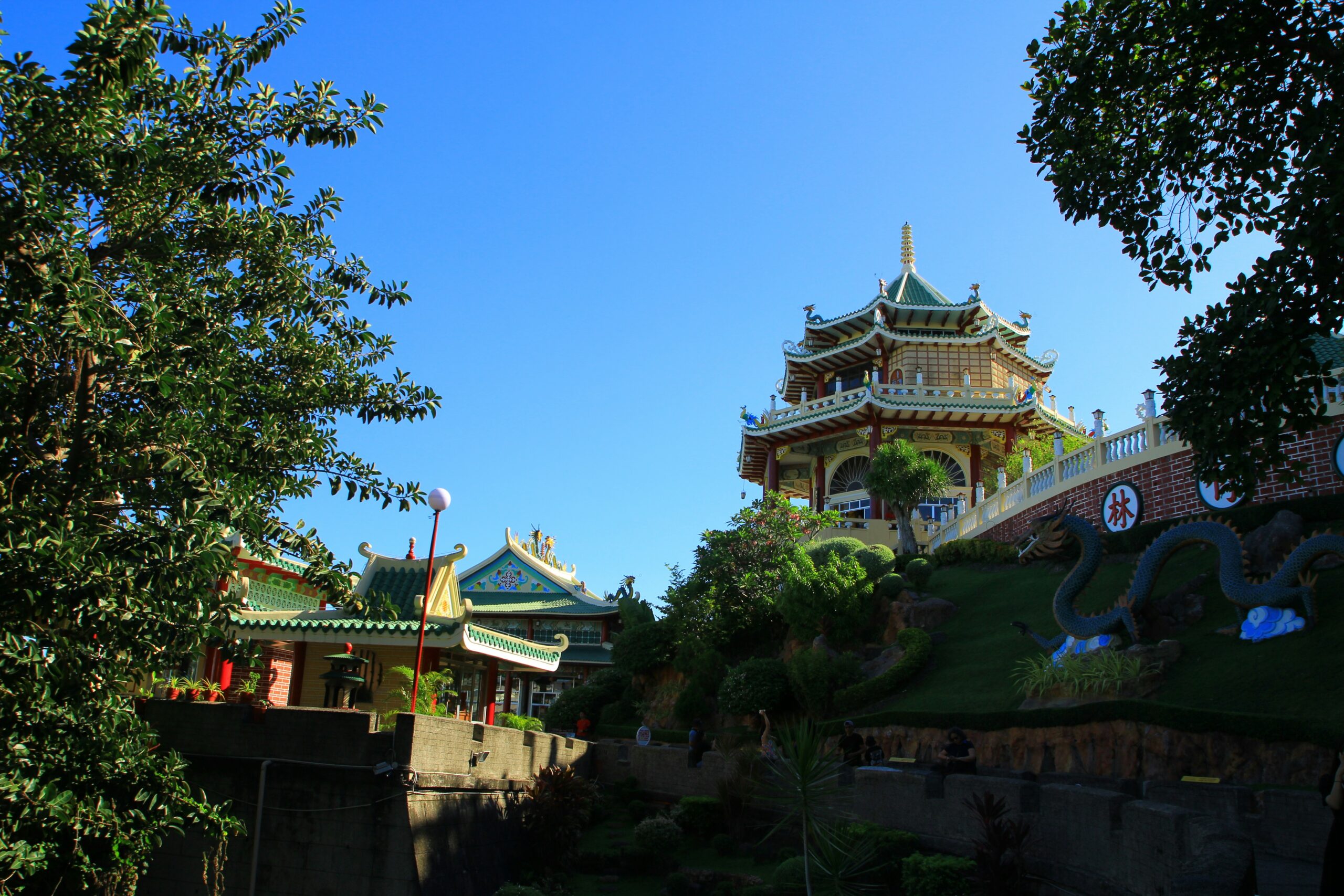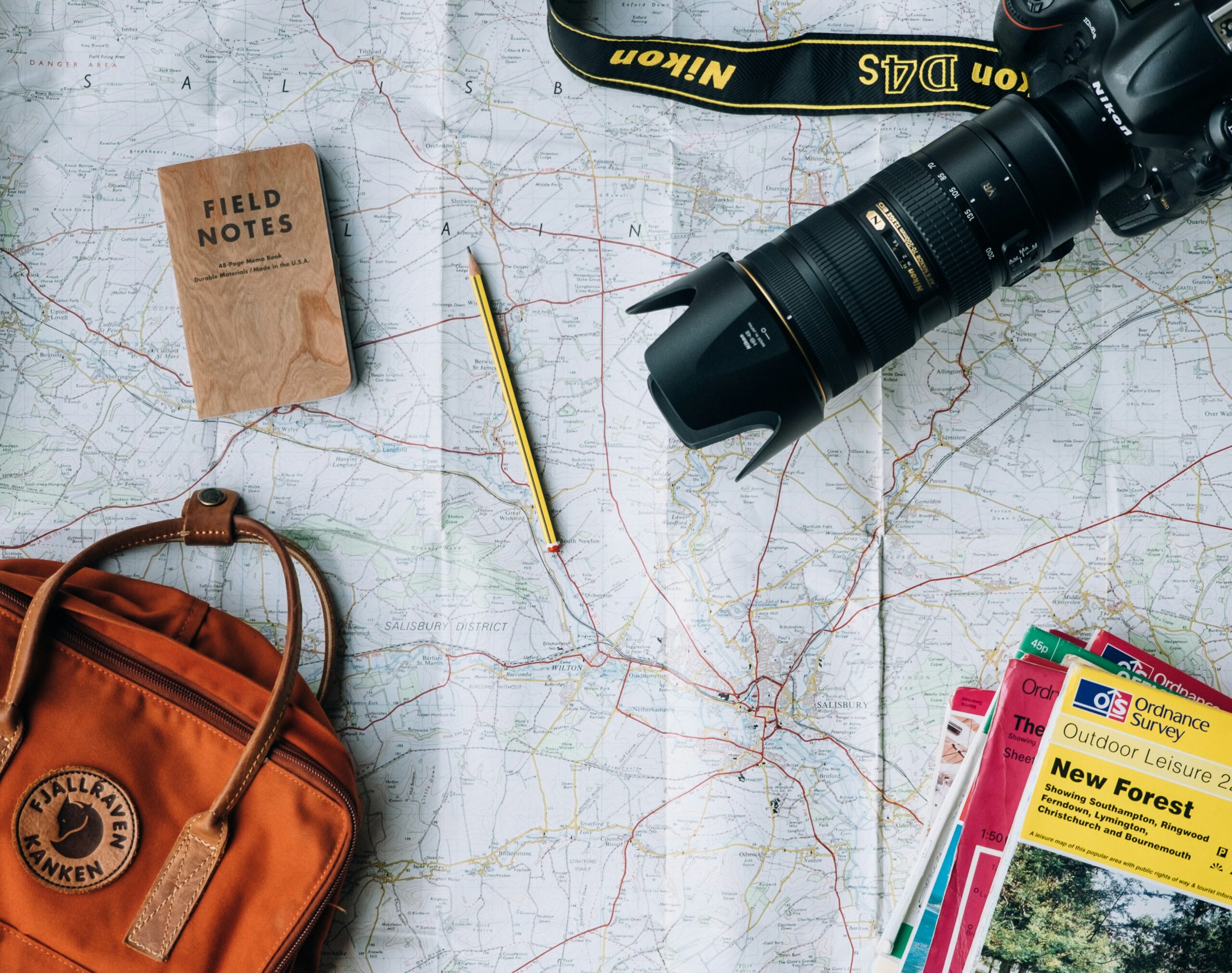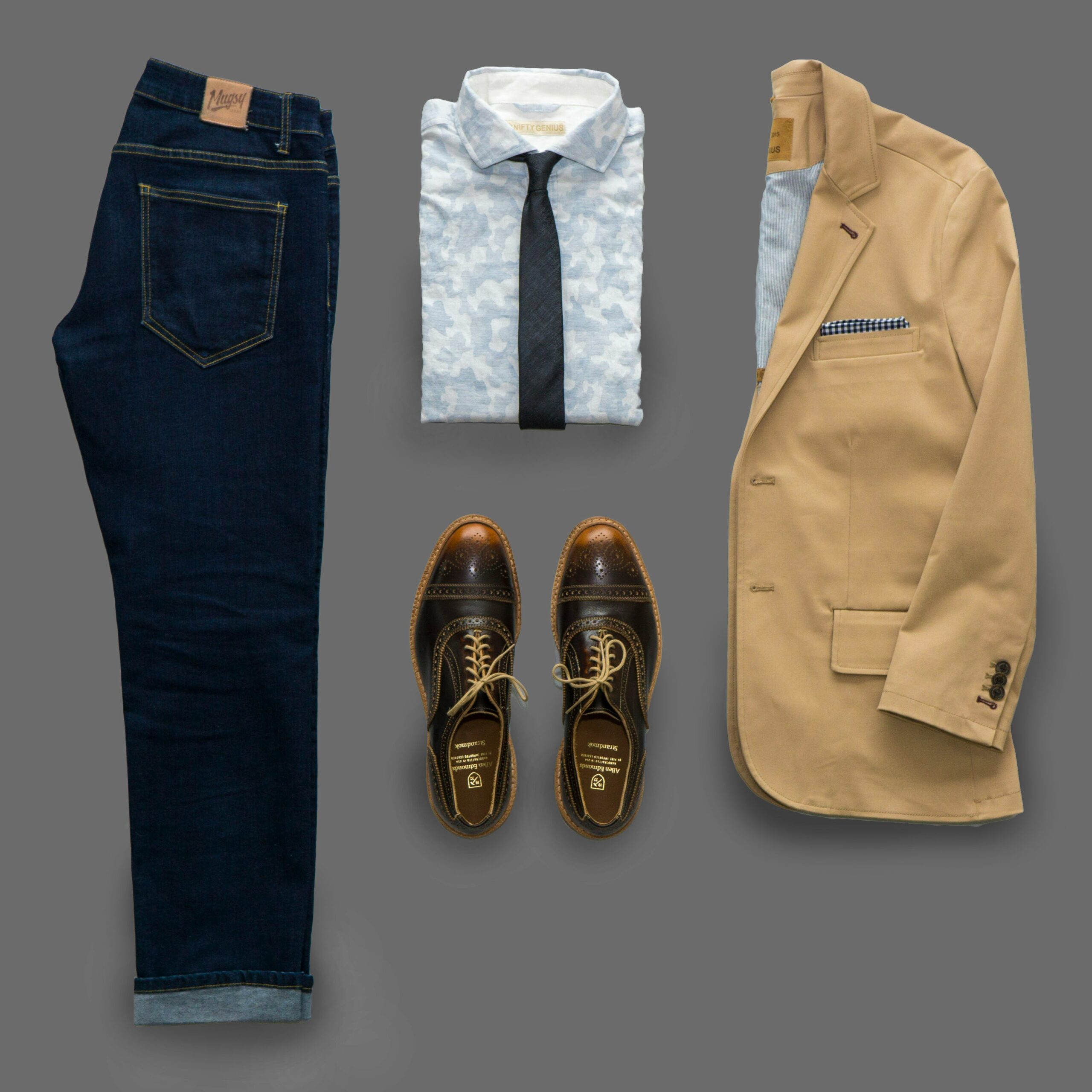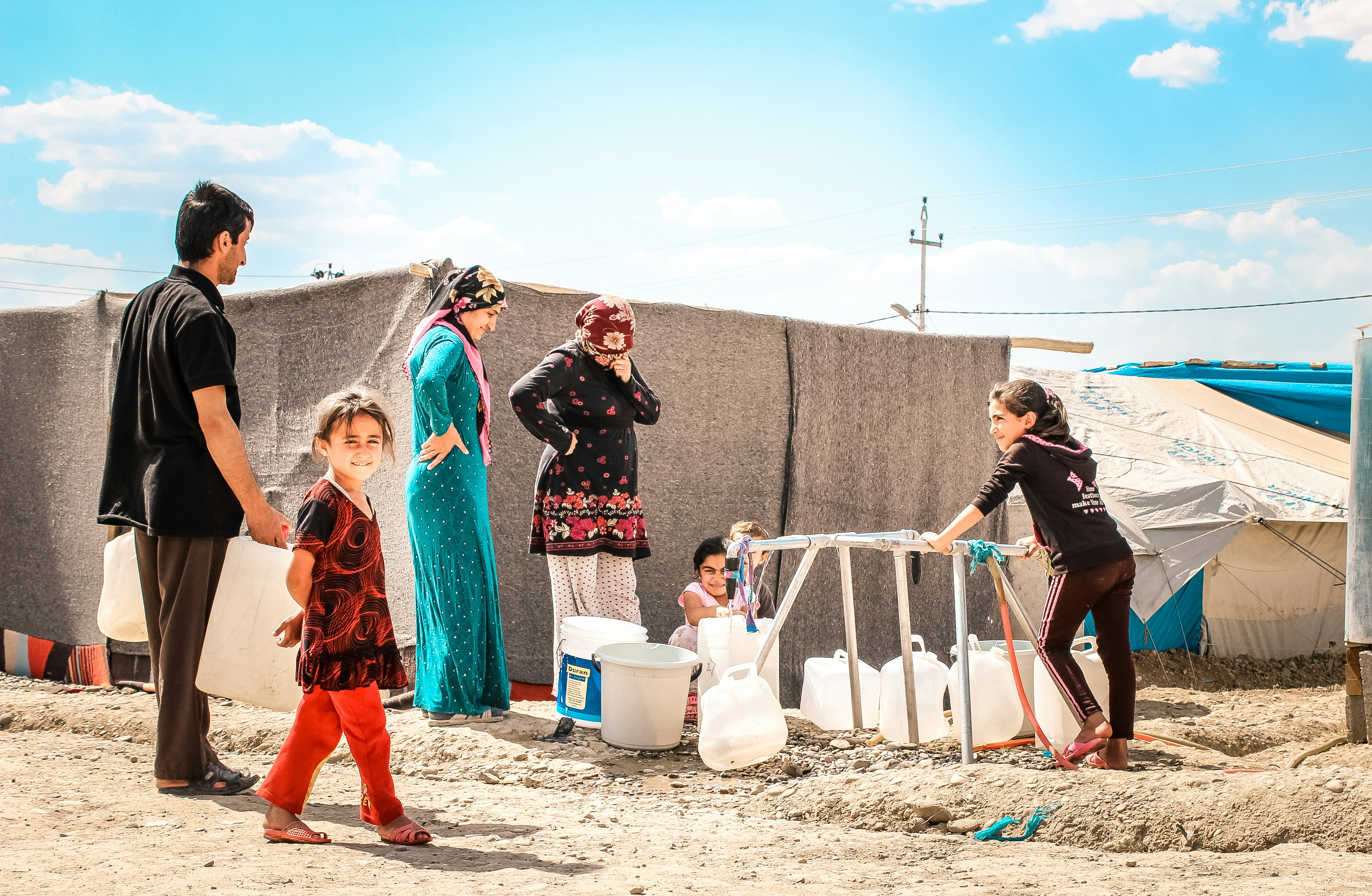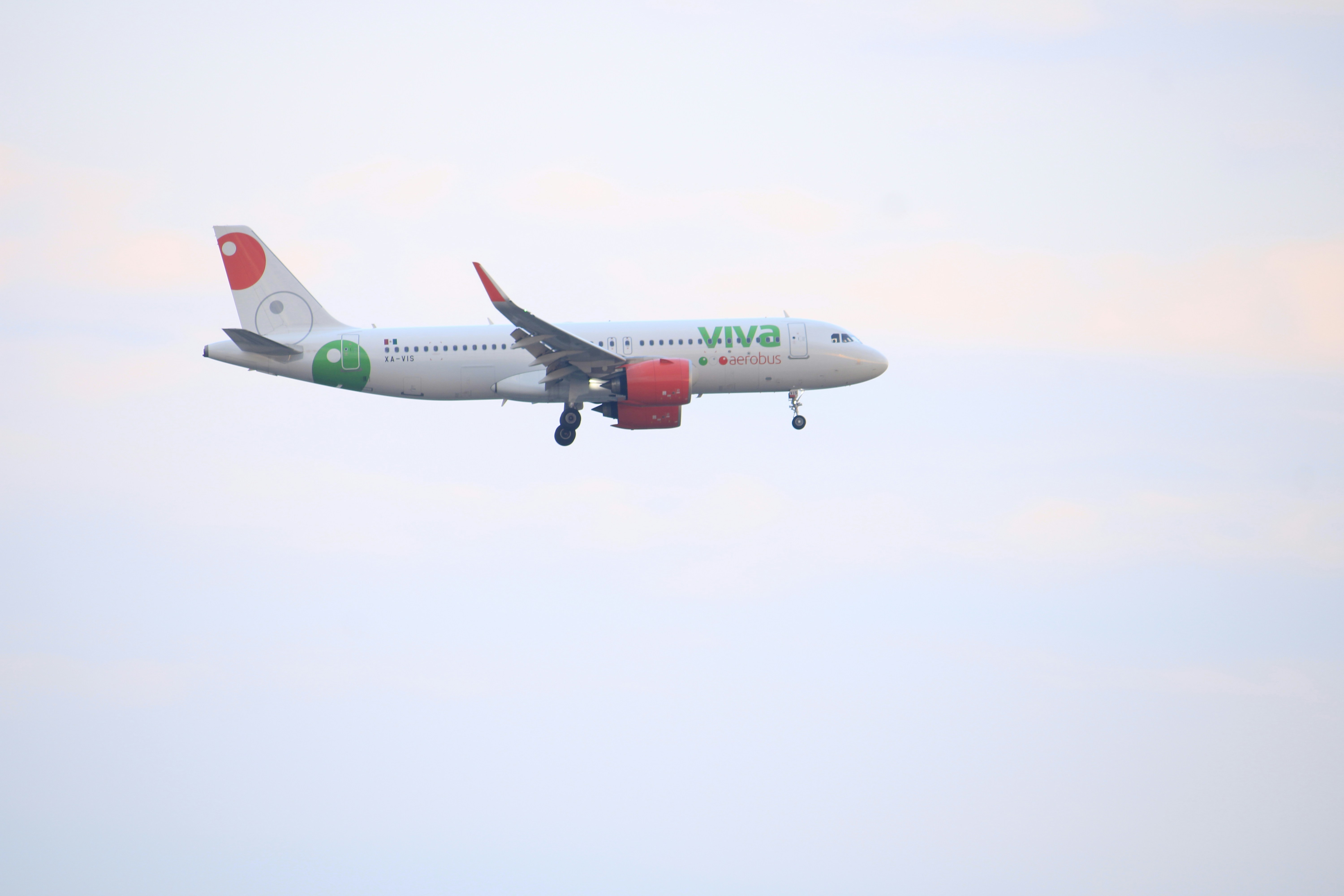Exploring New York City: Famous Places, Travel Expenses, and Getting There
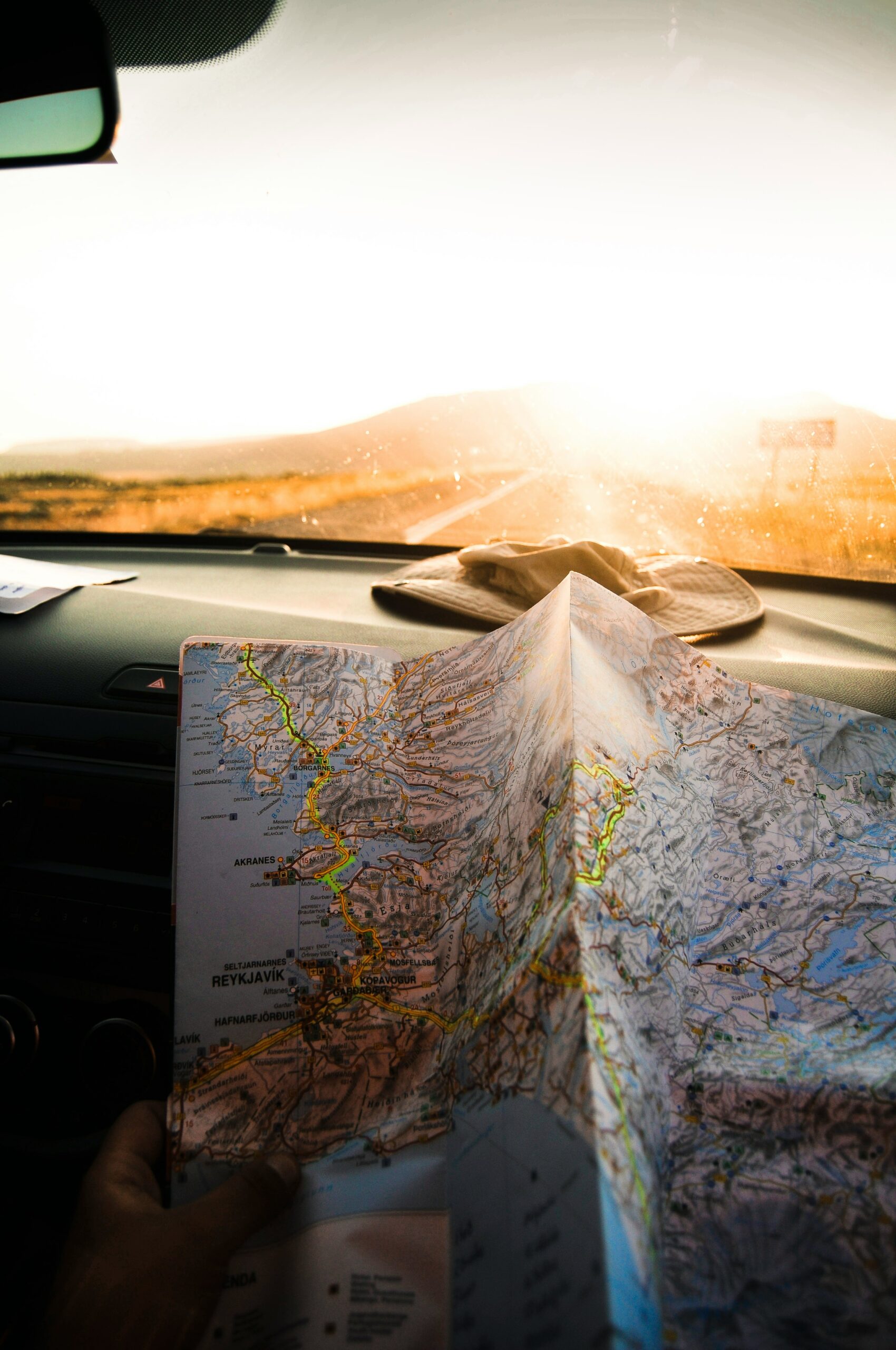
Photo by Julentto Photography on Unsplash
New York City
New York City, affectionately known as ‘The Big Apple,’ is a multifaceted metropolis that holds a distinctive place in the global landscape. As a major cultural, financial, and technological center, it attracts millions of visitors each year, drawn by its rich history and vibrant atmosphere. The city is composed of five boroughs: Manhattan, Brooklyn, Queens, The Bronx, and Staten Island, each offering a unique blend of experiences and cultural diversity.
The significance of New York City extends beyond its geographical boundaries. It is a hub of innovation, where creativity flourishes in art, fashion, and entertainment. Landmarks such as Times Square, Central Park, and the Statue of Liberty are not only iconic symbols of the city but also represent the melting pot of cultures and ideas that define NYC. Visitors can immerse themselves in the city’s diverse neighborhoods, enjoy international cuisine, and participate in countless cultural events, making each visit a unique experience.
Furthermore, New York City contributes significantly to the global economy, hosting the headquarters of numerous Fortune 500 companies and being a pivotal location for international trade. Institutions like Wall Street serve as a backdrop for financial transactions that influence markets worldwide. The presence of prestigious universities and countless startups also enhance the city’s status as a beacon of knowledge and innovation.
In essence, New York City is not just a travel destination; it embodies a spirit of resilience and ambition. It is a place where dreams are pursued and stories are waiting to unfold. As we delve deeper into this exploration of NYC, we will uncover the city’s renowned attractions, travel expenses, and tips on getting there, underscoring why it remains an essential destination for travelers from across the globe.
Must-Visit Iconic Landmarks
New York City is renowned for its iconic landmarks, each brimming with history and culture. One of the most recognized symbols of America is the Statue of Liberty. Gifted by France in 1886, this colossal statue stands on Liberty Island and represents freedom and democracy. Visitors can take a ferry from Battery Park to explore the statue and its accompanying museum, allowing them to appreciate its historical significance and breathtaking views of the city.
Another must-see is Times Square, famously known as “The Crossroads of the World.” This bustling hub showcases a vibrant array of neon lights, Broadway theaters, and a plethora of shops and restaurants. Renowned for its New Year’s Eve celebration, Times Square is ideal for those seeking entertainment and excitement. It is recommended to visit in the evening when the lights illuminate the surroundings, creating a uniquely electric atmosphere.
Central Park serves as a verdant oasis amid the urban hustle and bustle. Covering over 840 acres, this expansive park offers numerous walking trails, picturesque lakes, and various recreational activities. Visitors can enjoy a leisurely stroll, rent a bike, or take a horse-drawn carriage ride while soaking in the natural beauty and tranquility it provides. Notable attractions within the park include the Bethesda Terrace and the Central Park Zoo.
The Empire State Building stands tall at 1,454 feet and epitomizes the city’s skyline. As one of the world’s most famous skyscrapers, it offers observation decks on the 86th and 102nd floors, providing panoramic views of New York City and beyond. Visitors are encouraged to book their tickets in advance to avoid long lines and ensure a seamless experience.
Lastly, the Brooklyn Bridge, an architectural marvel completed in 1883, connects Manhattan and Brooklyn over the East River. Stretching 1,834 meters, this iconic bridge offers stunning views and a unique experience for pedestrians. Walking or biking across the bridge provides a perfect opportunity for photography and enjoying the skyline.
Cultural Experiences and Attractions
New York City is renowned for its rich tapestry of cultural experiences that extend far beyond its iconic landmarks. One of the most significant aspects of the city’s allure is its world-class museums, which attract millions of visitors each year. The Metropolitan Museum of Art (commonly referred to as the MET) showcases an extensive collection of artworks, spanning over 5,000 years of history. The Museum of Modern Art (MoMA) is another gem, housing influential modern and contemporary art pieces that have changed the course of art history. These cultural institutions not only serve as repositories of artistic masterpieces but also enhance the educational landscape, providing visitors with insights into various cultural movements.
Furthermore, New York City is famed for its thriving theater scene, epitomized by Broadway. The city’s theaters host an array of productions, covering everything from groundbreaking plays to dazzling musicals, which can be an unforgettable experience for theater enthusiasts and casual visitors alike. Attending a Broadway show offers an immersive glimpse into the performing arts, contributing significantly to the city’s cultural fabric.
In addition to cultural institutions and performances, exploring neighborhoods like Chinatown and Little Italy provides travelers with a different perspective on New York’s diversity. Each area boasts unique culinary offerings, where street vendors and family-run eateries serve authentic dishes reflective of their heritage. These culinary hotspots not only tantalize the taste buds but also create opportunities for cultural exchange and community engagement.
Through these multifaceted cultural experiences, travelers can gain a deeper understanding of New York City’s unique identity. The intermingling of history, art, and diverse communities fosters an atmosphere of excitement and discovery, making it more than just a travel destination. The cultural richness of NYC stands as a testament to its enduring appeal, drawing visitors from all corners of the globe.
Travel Expenses: Budgeting for Your Trip
When planning a visit to New York City, understanding the various travel expenses is crucial for effective budgeting. Accommodation is often one of the largest expenses for travelers. The cost can vary significantly based on the location, type of lodging, and time of year. On average, hotel rates can range from $150 to over $500 per night, particularly in popular areas such as Times Square or Manhattan. However, opting for budget accommodations such as hostels or hotels in outer boroughs can help in reducing costs.
Dining is another essential aspect of your travel budget. The price for food can vary widely, with fast food options costing around $10 for a meal, while dining at mid-range restaurants may run you approximately $30 to $60 per person. To save money while enjoying the local cuisine, consider exploring food trucks or delis that often offer delicious meals at lower prices. Additionally, look out for lunchtime specials which many restaurants provide, allowing you to enjoy a nice dining experience without breaking the bank.
Transportation within the city is relatively affordable, especially when using the extensive public transit system. A single ride on the subway or bus costs $2.75, and purchasing a 7-day unlimited pass for $33 offers great value for those planning on using transit frequently. Utilizing ride-sharing apps, while convenient, can lead to higher costs during peak hours; thus, they should be used sparingly. When it comes to attractions, many venues charge entrance fees that can range from $15 to $40. Research those that offer discounts for advance bookings or free entry on certain days to maximize your savings.
By effectively budgeting for accommodation, dining, transportation, and entry fees to attractions, you can enjoy the vibrant culture and experiences New York City has to offer without overspending. It’s advisable to track your daily expenses to maintain a clear understanding of your spending, ensuring that your trip remains financially manageable.
Transportation Options within NYC
New York City is renowned for its extensive and diverse transportation options, providing visitors with numerous ways to navigate the bustling urban environment efficiently. The Metropolitan Transportation Authority (MTA) operates the city’s subway and bus systems, which are often the most economical way to traverse the city. The subway consists of 24 lines and runs 24 hours a day, offering a fast and reliable means of transportation to various neighborhoods and key attractions. First-time visitors should familiarize themselves with purchasing a MetroCard, which can be used for both subway and bus rides. MetroCards can be conveniently purchased at vending machines located in subway stations or at authorized retailers.
In addition to the subway, New York City’s bus system is a valuable transportation option that covers areas not serviced by the subway. Buses are marked with distinct routes and can be identified by their numbers. Understanding the bus routes and schedules is essential for efficient travel; real-time tracking apps can enhance the experience, ensuring riders catch their bus with minimal wait times. For those who prefer a more direct route, taxis and rideshare services such as Uber and Lyft are widely available and provide a convenient alternative, especially during off-peak hours or when luggage is involved.
Navigating the city’s transit system can initially feel daunting, but a little preparation can go a long way. Using mapping apps that display subway and bus routes can streamline the travel process. It is also advisable to plan trips during non-peak hours to avoid overcrowded trains and buses. Moreover, having a basic understanding of the boroughs, neighborhoods, and major transit hubs will enhance a visitor’s experience. By leveraging these transportation options, newcomers can explore New York City’s iconic locations with ease and efficiency.
How to Get to New York City
Traveling to New York City can be accomplished through various modes of transportation, each offering unique advantages and considerations. The city’s three major airports—John F. Kennedy International Airport (JFK), LaGuardia Airport (LGA), and Newark Liberty International Airport (EWR)—are primary entry points for international and domestic travelers alike.
JFK and Newark are particularly popular for their extensive international flight options, making them ideal for visitors arriving from abroad. JFK is situated in Queens and provides a range of services, including the AirTrain, which connects travelers to the subway system and provides easy access to Manhattan. Similarly, Newark offers its own AirTrain service that links directly to the New Jersey Transit, facilitating travel into the city. LaGuardia, while closer to Manhattan, primarily serves domestic flights, making it a convenient option for U.S. travelers. However, the lack of direct subway access may pose a challenge, requiring additional planning for the last leg of the journey.
For those who prefer rail travel, Amtrak operates trains into Penn Station, located in Midtown Manhattan. This option is highly convenient for travelers coming from neighboring states and cities, such as Philadelphia or Washington D.C. The advantages include comfort and reduced travel stress, though it may not always offer the fastest journey compared to air travel, particularly for long distances.
Driving to New York City is also a feasible option, especially for those coming from nearby areas. However, travelers should consider the potential for heavy traffic, expensive parking, and road tolls. Utilizing tech tools for navigation and monitoring traffic conditions can help ease the journey. In summary, whether flying, taking the train, or driving, each transportation method has its merits and drawbacks, allowing travelers to select the approach that best suits their needs for reaching New York City.
Best Times to Visit New York City
New York City is a vibrant destination that attracts millions of visitors each year, making it essential for travelers to consider the best times to visit when planning their trip. The city’s unique charm varies during different seasons, affecting weather conditions, tourist traffic, and event availability. Understanding these factors can significantly enhance the travel experience.
Spring, particularly from March to May, is renowned for its mild temperatures and blooming flowers, making it an ideal time for outdoor activities and sightseeing. Visitors can enjoy events like the famous Cherry Blossom Festival in Brooklyn, Central Park’s vibrant greenery, and various food festivals. However, it is important to note that spring is also a popular time for tourists, so it’s wise to book accommodations and attractions in advance to avoid the crowds.
Summer, spanning June to August, presents higher temperatures and humidity levels, with sunny days ideal for exploring the city’s iconic attractions. The abundance of outdoor events, including concerts, markets, and street fairs, draws many visitors. However, this peak tourist season comes with higher travel expenses, as hotel rates tend to rise. Therefore, travelers should budget accordingly if they choose this time to visit.
As autumn approaches, from September to November, the city transforms with colorful foliage and pleasant weather. This season is marked by significant events, such as the New York Film Festival and the famous Macy’s Thanksgiving Day Parade. It is also a fantastic time to experience seasonal attractions like haunted tours around Halloween. Finally, winter, especially in December, brings festive charm with holiday decorations, Christmas markets, and New Year’s celebrations, though the cold weather may deter some visitors.
In conclusion, the best times to visit New York City depend largely on personal preferences regarding weather, events, and budget considerations. By planning according to these factors, travelers can enjoy a memorable trip tailored to their needs.
Safety Tips for Travelers in NYC
Traveling to New York City can be an exhilarating experience, filled with the allure of vibrant culture and iconic landmarks. However, it is essential for travelers to prioritize their safety while exploring the bustling streets of this metropolitan hub. One of the crucial steps is to remain aware of your surroundings at all times. This means being mindful of the people around you and your environment, especially in crowded areas like Times Square or subway stations. Avoid distractions, such as engrossing yourself in your phone, as this can make you an easy target for petty crimes.
Respecting local customs can also enhance your experience and help in navigating the city’s social landscape. New Yorkers are known for their directness; they appreciate candor but also respect personal space. Understanding the local etiquette can improve interactions with residents and minimize misunderstandings. For instance, when using public transportation, it’s customary to allow passengers to exit before boarding, which contributes to a smoother commuting experience.
To safeguard your valuables, it is advisable to keep items such as wallets and mobile devices secured in an inner pocket or a crossbody bag. Utilize anti-theft bags and wallets where possible; these can provide an additional layer of protection against opportunistic theft. In high-traffic areas, consider using a money belt, which can deter pickpockets and ensure that your essentials are close at hand.
It is also important to be cautious when using ATMs; choose machines located in well-lit, populated areas. Furthermore, familiarize yourself with emergency contact numbers and the locations of nearby hospitals or police stations in the event that you need assistance. While the city does experience crime, it is crucial to remember that New York City is generally safe for tourists when they take these recommended precautions. By adhering to these safety tips, travelers can enjoy the splendor of the city while minimizing risks and enhancing their experience.
Embrace the NYC Adventure
As we conclude our exploration of New York City, it is essential to emphasize the unique adventure that awaits those who choose to visit this vibrant metropolis. The iconic skyline, diverse neighborhoods, and rich cultural experiences combine to create a destination unlike any other. While it is true that travel expenses in NYC can be significant, they are often justified by the unforgettable experiences you will encounter throughout your journey.
The bustling streets, world-renowned landmarks, and eclectic dining options present an opportunity for genuine exploration. From Times Square to Central Park, and from Broadway shows to hidden gems in the boroughs, New York City caters to all types of travelers. It’s a place where high-energy urban life meets a wealth of history and art, creating environments that inspire creativity and curiosity.
Moreover, the city’s efficient transport system allows visitors to navigate between the various attractions with relative ease, making it feasible to experience all that NYC has to offer within any budget. Whether you are indulging in a gourmet meal, exploring cultural institutions like the Museum of Modern Art, or simply enjoying a stroll through historic neighborhoods like Greenwich Village, every moment in New York contributes to its charm.
Therefore, when planning your trip, consider the potential for growth and adventure that a visit to New York City can provide. The memories you create will surely outweigh the challenges posed by travel costs and chaos. Embrace your NYC adventure with an open heart and a willingness to discover new experiences; it promises to be an enriching undertaking that will linger long after you leave this dynamic city.
